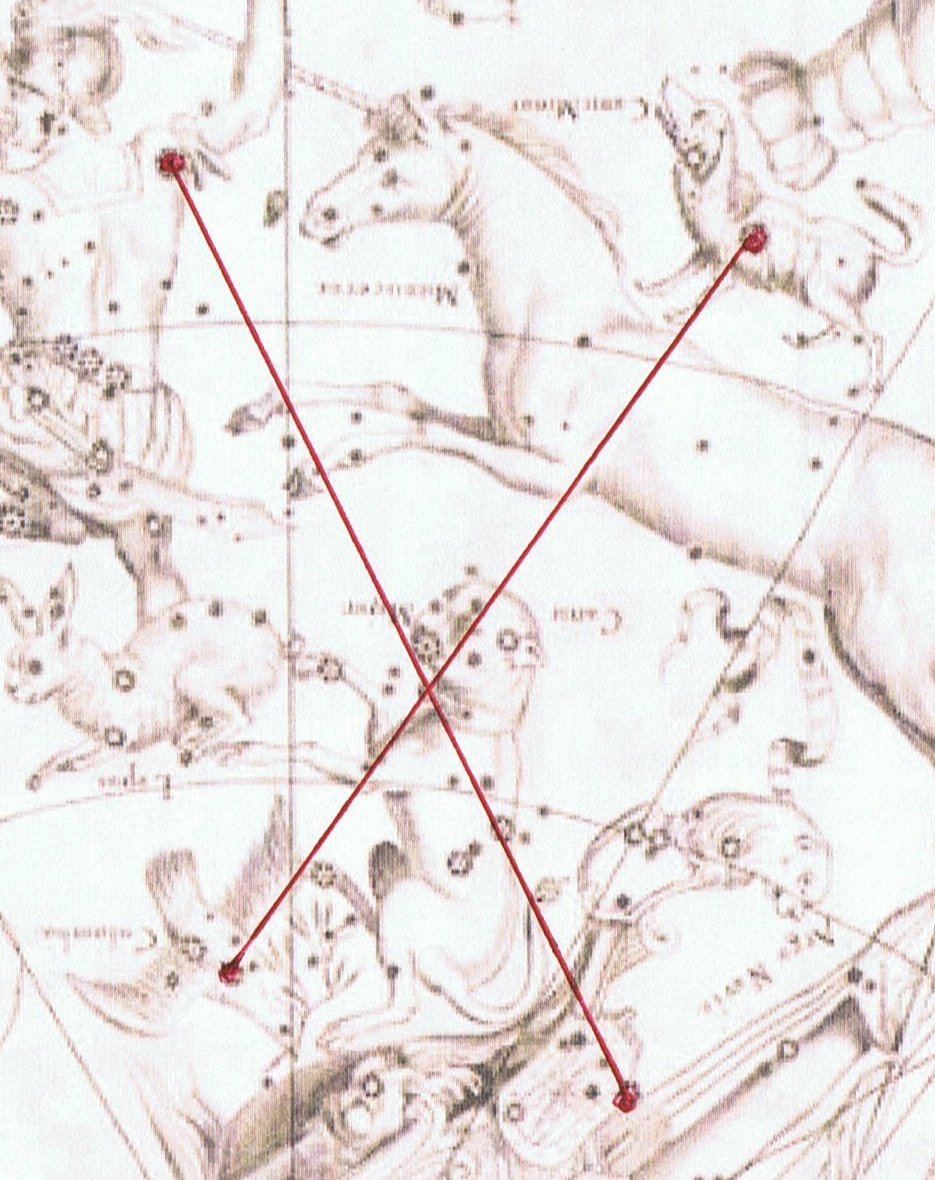What did Metoro mean with
his ki te marama?
|
1 |
An Nathra 9 (101) |
10 |
11 |
12 |
13 |
|
August 25 (237) |
26 |
27 |
28 |
29 |
 |
 |
 |
 |
 |
|
Ca6-17 (157) |
Ca6-18 |
Ca6-19 |
Ca6-20 |
Ca6-21 |
|
tagata
oho rima -
ki
te marama |
koia
kua oho |
ki te marama |
kua
moe |
kua ka
te ahi i te rima aueue -
te ika |
|
Alterf 1 |
2 |
3 (108) |
|
August 30 (242) |
31 |
September 1 |
 |
 |
 |
|
Ca6-22 |
Ca6-23 |
Ca6-24 (164) |
|
te
marama kua hua |
marama
kua tuu i te kihikihi |
The
'preposition' ki could
mean 'towards':
|
Ki
Ki.
To, towards (a
place, a person);
after (time); for,
in order to ...
Vanaga.
Kî. To say,
to speak; word,
language; will, wish
(verbally
expressed):
e-hakarogo koe ki te
kî o toou matu'a,
obey you
father's will.
Vanaga.
1.
In, toward, to, for,
at; ki ra,
there; ki ra hoki,
exactly there; ki
aho, outside;
ki roto, within,
into, inside, among.
2. In order that. 3.
To say, to speak, to
chat, to pronounce,
to respond;
argument,
conversation,
description,
doctrine,
expression, word,
relation; ki
veveveve,
voluble; ki
vaiapuga,
nonsense, to speak
much and say
nothing; ki
ihoiho, to speak
forcefully.
Churchill. |
Or it could
mean the 'person' at left (a
Rogo figure who for
once is not drawn en face)
is proclaiming: 'marama'
- a way for Metoro to
express '(let there be) light'
(fiat lux):
|
Marama
1. Month, light.
The ancient
names of the
month were:
Tua haro,
Tehetu'upú,
Tarahao, Vaitu
nui, Vaitu poru,
He Maro, He
Anakena, Hora
iti, Hora nui,
Tagaroa uri, Ko
Ruti, Ko Koró.
2. Name of an
ancient tribe.
Maramara,
ember. Vanaga.
Light, day,
brightness, to
glimmer; month;
intelligent,
sensible; no
tera marama,
monthly;
marama roa,
a long term;
horau marama no
iti,
daybreak;
hakamarama,
school, to
glimmer; hare
hakamarama,
school,
classroom. P
Mgv.: màràma,
the light,
daylight;
maràma,
wise, learned,
instructed,
moon. Mq.:
maáma,
light, broad
day, bright,
instructed,
learned;
meama, moon,
month. Ta.:
marama,
moon, month. In
form
conditionalis
this word seems
derivative from
lama, in
which the
illuminating
sense appears in
its
signification of
a torch. The
sense of light,
and of
specifically the
moon, appears in
all Polynesia;
in Futuna and
Uvea the word
signifies the
world. The
tropical
extension to the
light of
intelligence is
not found in
Nuclear
Polynesia,
therefore not in
the
Proto-Samoan,
but is a later
Tongafiti
development.
Maramarama,
bright;
manava
maramarama,
intelligent. P
Pau.:
maramarama,
intelligent.
Ta.:
maramarama,
light,
brightness.
Churchill.
The month sense
is found in
Tahiti,
Marquesas,
Rarotonga and
Maori associated
with the moon
signification,
and in Hawaii is
specifically
dissociated
therefrom to
characterize a
solar month.
Churchill 2. |
South of
the equator the waning
Moon is formed like the
crescents in Ca6-17 and
Ca6-19 while the waxing
Moon looks like the
crescents in Ca6-22--23.
From
studying this Moon
calendar it will become
obvious that a 'night'
(i.e. a day) is a
standardized version of
the waxing Moon
crescent, but e.g.
Ca6-23 is not such a
'night' - it is drawn in
a slightly different
form:
 |
 |
|
marama |
Ca6-23 |
The
reversed marama
type of glyph
possibly means
'absence of light',
as for instance in
glyph number 116
(day 7 in the Heka
manzil):
|
Heka 5 |
6 (59) |
7 |
8 |
|
July 13 |
14 |
15 (196) |
16 |
 |
 |
 |
 |
|
Ca5-9 |
Ca5-10 |
Ca5-11
(116) |
Ca5-12 |
|
te
hokohuki
erua |
te
marama |
te
maitaki |
|
no star
listed |
Markab
Puppis
(114.7),
Procyon
(114.9) |
σ Gemini
(115.7),
Pollux
(116.2) |
Azmidiske
(117.4) |
 |
 |
|
Ca5-11
(116) |
Ca6-19
(159) |
116 can be
expressed as 16
weeks +
4 days,
and the great
waning moon
crescent in July
15 could
indicate the
very last day of
old Sun. 196 =
192 + 4 = 16 *
12 + 4.
Pollux, the 2nd
and immortal
of the Gemini twins, was rising
heliacally a
fraction of a
day later, as if
intent on carrying time
forward anew
when
having received
the 'will' to do
so from
Columba:

|
Heka 9 |
(63) |
11 |
12 |
|
July 17 |
18 |
19 |
20 (201) |
 |
 |
 |
 |
|
Ca5-13 |
Ca5-14 |
Ca5-15
(120) |
Ca5-16 |
|
te
henua |
kua
haga te
mea ke |
manu
puoko i
tona ahi |
kua heu
te huki |
|
no stars
listed |
Drus
(119.9) |
Naos
(121.3) |
|
Phakt |
α
Columbae |
2.65 |
34º 06'
S |
05h 38m |
85.7 |
|
Procyon |
α Canis
Minoris |
0.34 |
05° 21′
N |
07h 37m |
115.9 |
|
Betelgeuze |
α
Orionis |
0.58 |
07° 24′
N |
05h 52m |
89.3 |
|
Naos |
ζ Puppis |
2.21 |
39° 52′
S |
08h 02m |
122.3 |
| Heka 13 |
Alhena 1 |
2 (68) |
3 |
| July 21 |
22 |
23 (204) |
24 |
 |
 |
 |
 |
| Ca5-17 (122) |
Ca5-18 |
Ca5-19 |
Ca5-20 (125) |
| hakahagana te honu |
tagata moe hakarava hia |
ka moe |
hakapekaga mai |
| 8h (121.7) |
Tegmine (123.3) |
Regor (123.7), Al Tarf (124.3) |
Bright Fire (125.4) |
| Heap of Fuel (122.1) |
|











